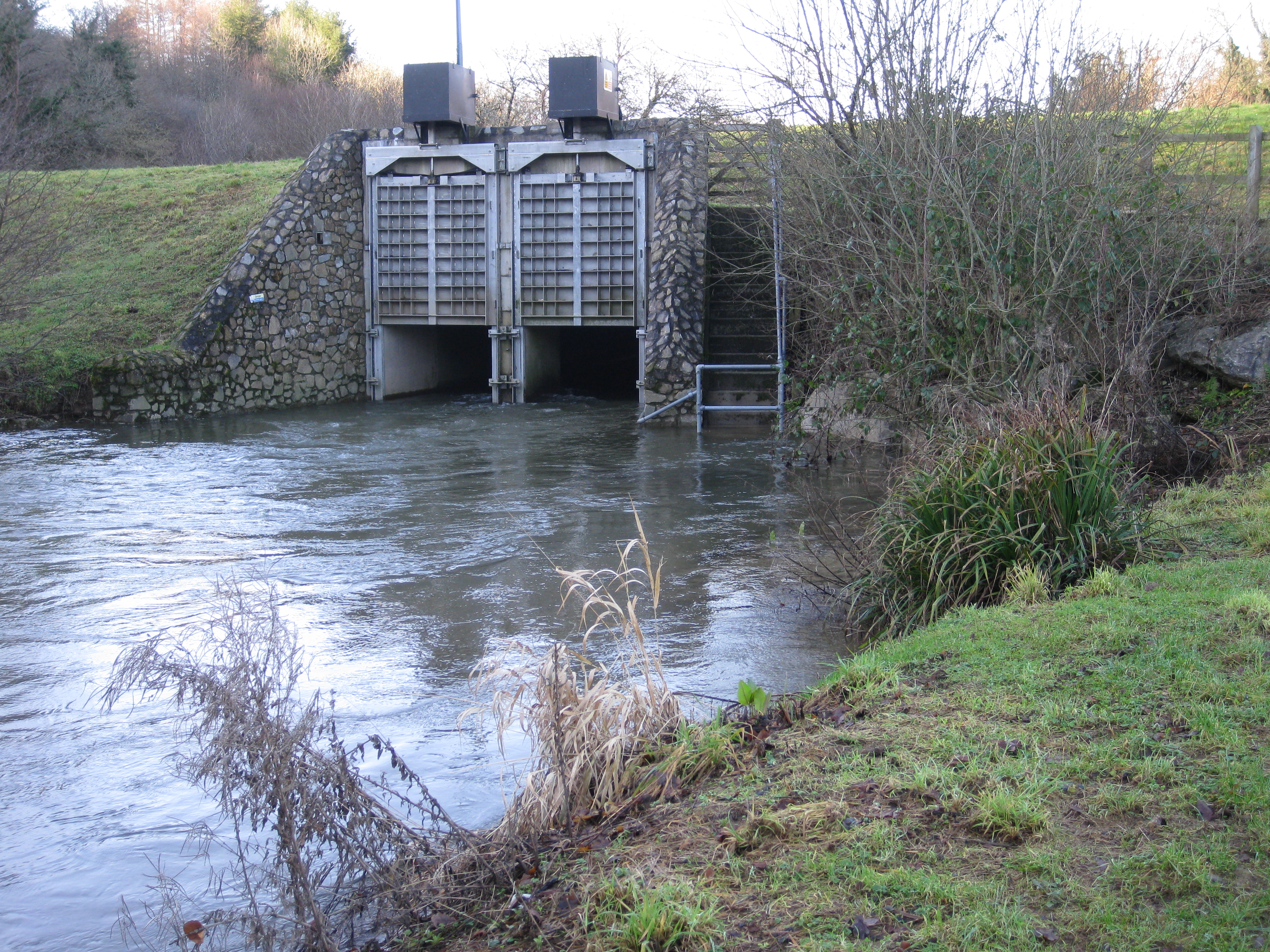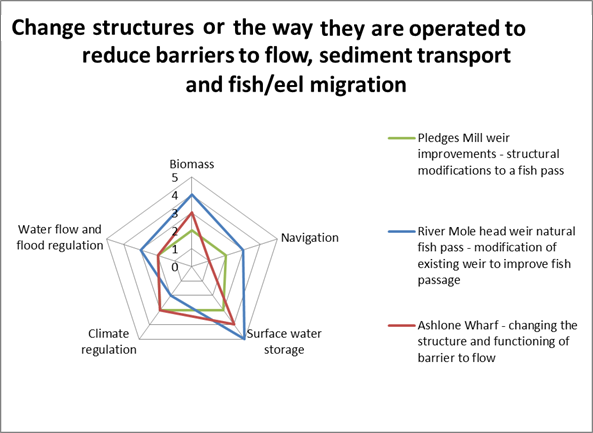 These activities aim to change the way in which structures are operated, in order to reduce the impacts they have on flow patterns, the way sediment is transported and deposited, and on the upstream and downstream movement of fish and other aquatic organisms. They may therefore be particularly pertinent to the way Internal Drainage Boards (IDBs) operate their infrastructure. They are generally intended to be used when a structure cannot be removed, and can be considerably more cost effective than alternatives, such as structure modification and the installation of a fish pass.
These activities aim to change the way in which structures are operated, in order to reduce the impacts they have on flow patterns, the way sediment is transported and deposited, and on the upstream and downstream movement of fish and other aquatic organisms. They may therefore be particularly pertinent to the way Internal Drainage Boards (IDBs) operate their infrastructure. They are generally intended to be used when a structure cannot be removed, and can be considerably more cost effective than alternatives, such as structure modification and the installation of a fish pass.
Techniques
There are a wide range of techniques that can be used to implement this environmental improvement, depending upon the type and characteristics of the water body in which it is going to be applied:
- Only closing structures when necessary for operation reasons
- Leaving structures open for as long as possible
- Ensuring that sluices are lifted clear of the water when not being used
- Changing the timing of structure operation so that the impacts are minimised during sensitive period (e.g. during eel or salmonid migration)
- Add a notch or slot to a sluice gate to improve fish passage
Benefits
Changing the way structures are operated can deliver a wide range of direct and indirect benefits, including:
- A low cost solution to improving the passage of fish and other aquatic organisms
- Improvements to flow patterns and a reduction in impoundment
- Improvements in the transport of sediment and a reduction in sediment accumulation upstream of the structure
- Retention of the existing function of the structure, including flood defence or water resources uses
Case Study Benefits
This diagram displays a comparison of benefits scores (using a high-level ecosystem service assessment methodology) associated with the techniques used in each case study. More details on the methodology can be found here.